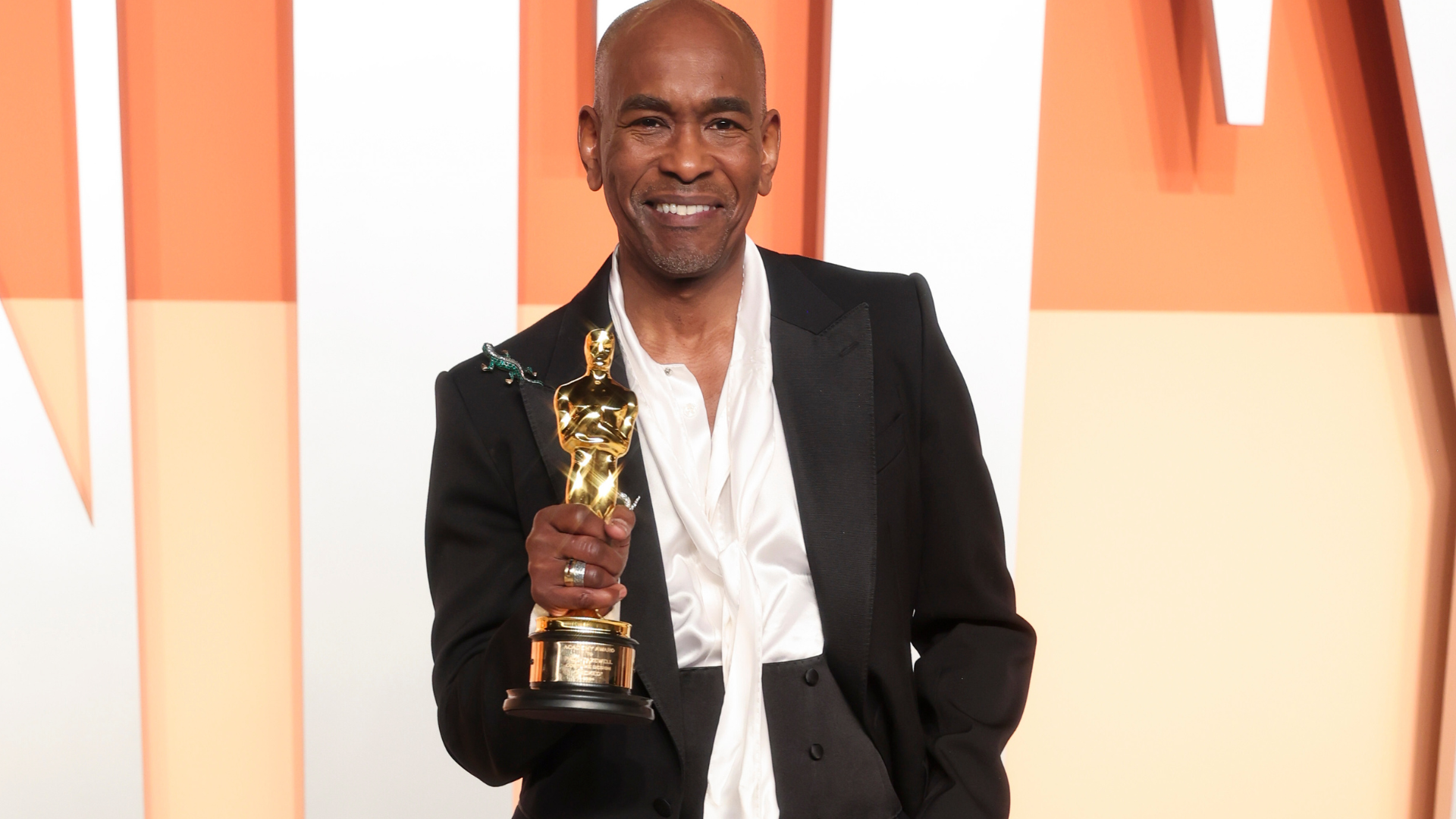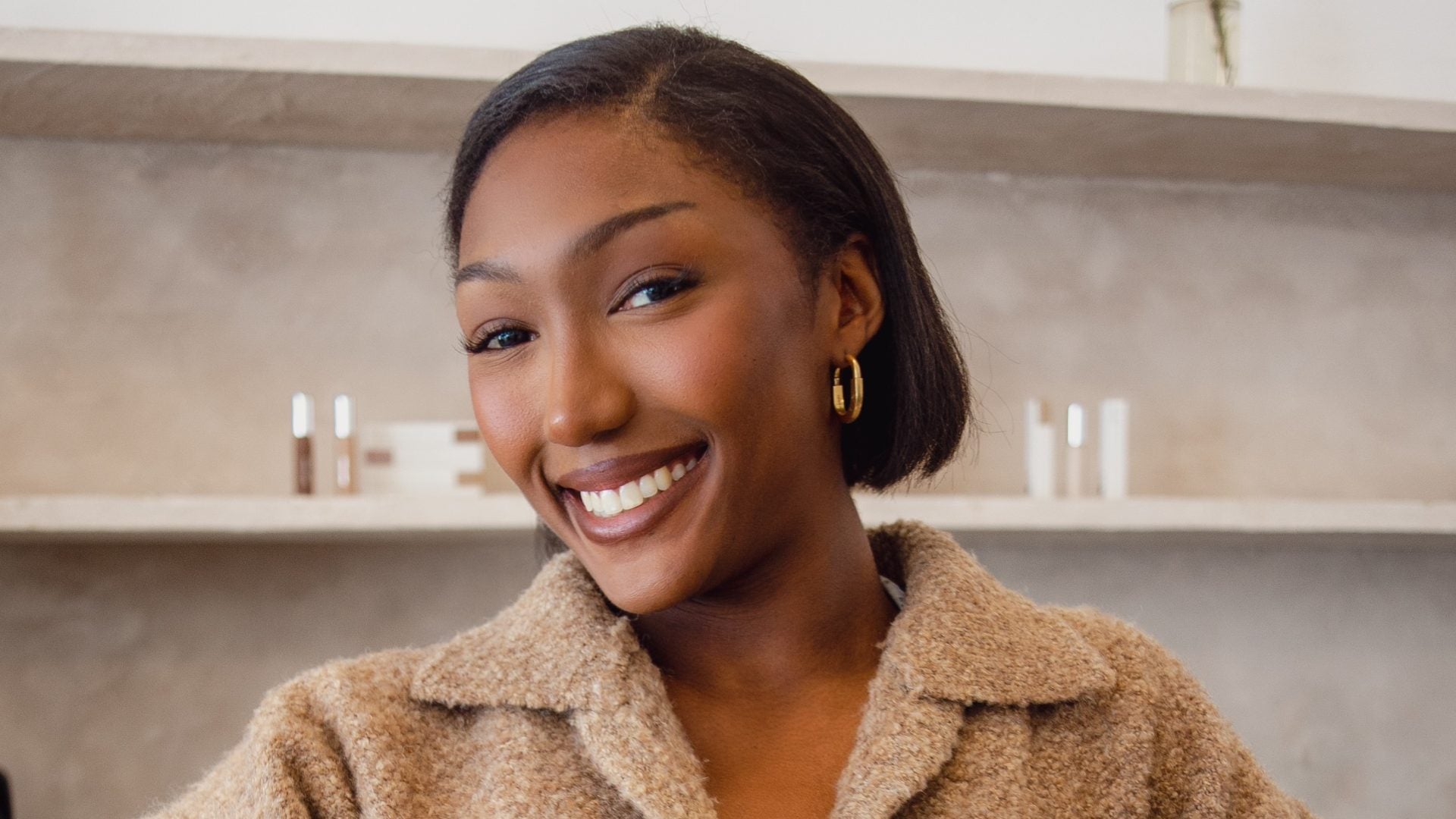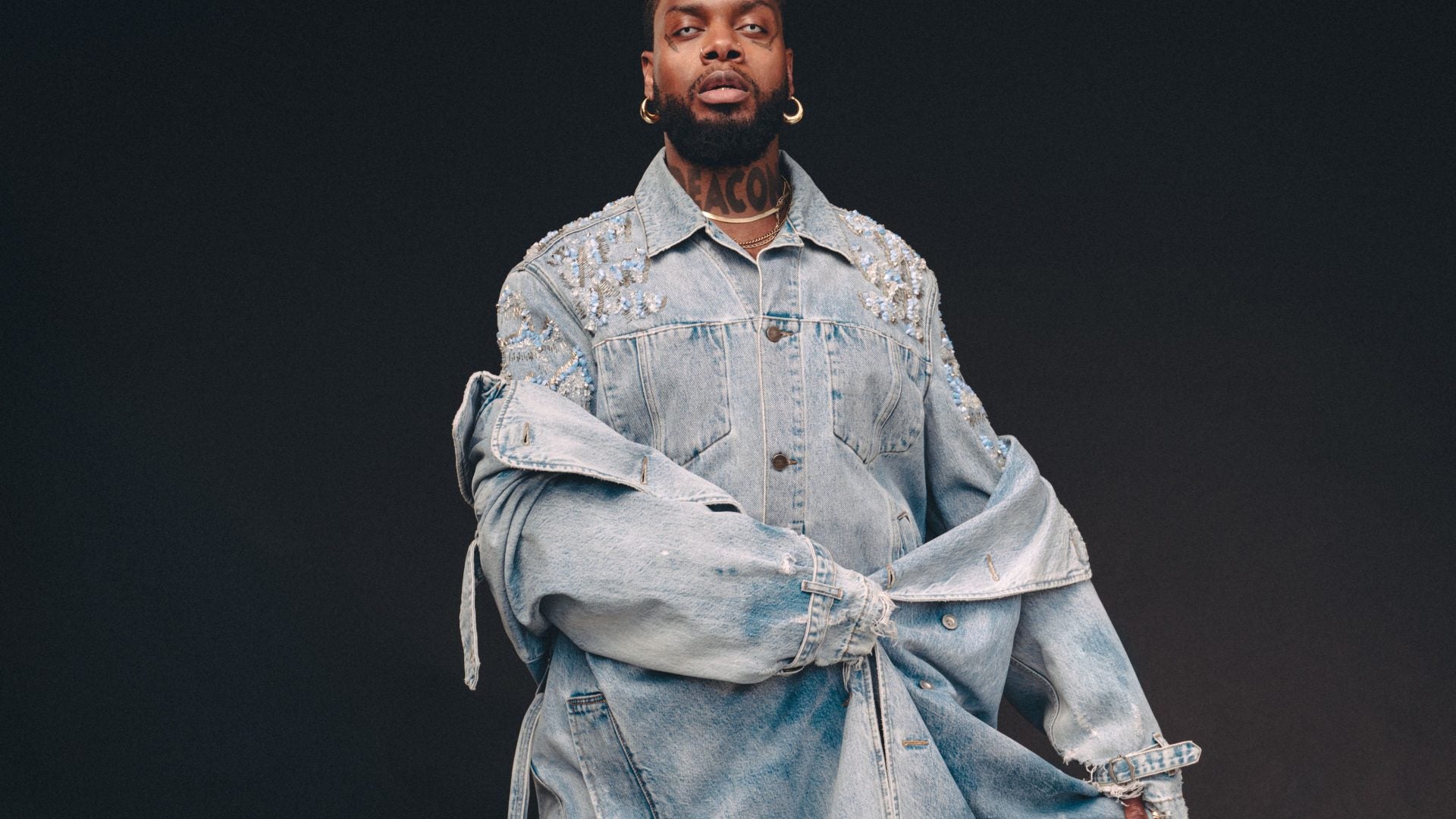
serpentwithfeet has always been expressing himself artistically. This started back in Baltimore, his hometown, where he would deconstruct old jeans he found lying around the house in the ‘00s. As a kid his mother taught him to sew by hand and the singer and songwriter recalls exploring the limitations of denim, he’d turn scraps into bracelets and other accessories. “I would try a lot of stuff in elementary school and middle school, I can guarantee you it looked crazy most of the time, but I definitely got to play a lot,” he says over a Zoom call from Los Angeles. “I remember my parents definitely encouraged me to be creative.”
Since he grew up a choir kid in the church his religious family attended, music was another creative outlet for him. Listening to music was a hobby he excitedly spoke about: “There was so much variation in the music that I was hearing from the gospel music to the R&B, to jazz, to hearing club music all the time.” Balancing different genres became a mainstay for the artist especially as he got a bit older. His affinity for the craft of music-making led him to begin his journey of becoming a classically trained singer at 14. “There was a lot of creativity. I think everyone needed an outlet, the teachers and the students, the people that were running the programs and the kids.” He says this led to an undeniable energy pulsing through Baltimore as he grew up there.
“I think what I’m thankful for is I’m glad that we didn’t have a lot of money because it really forced me to try different things and to not be afraid to be the odd one out,” he says. Instead of fitting in, he delved further into classical music and would wear a lot of blazers, T-shirts and jeans in high school. “I didn’t own Jordans until I became an adult,” he adds. “It really forced me to start exploring.” Trips to H&M became a treat for the artist–and this store quickly became a favorite of his to purchase pieces that were different from what his peers were wearing. He says some of his classmates didn’t get it and would share their opinions at times.
By his sophomore year, he recalls taking his training seriously and leaning all the way into it. He mentions that he felt blessed getting to go to Baltimore City College High School. The music program was top-tier in his eyes and it molded him into who he is now in the present, a gay Black artist who creates music that feels truthful and also deeply moving. Artistically, his high school poured into him and gave him space to not just create, but also learn at a high level.
As he moved towards graduation he was led to leave Baltimore and attended an arts college in Philadelphia. He also began performing at local venues. The University of the Arts was a radical moment for serpentwithfeet. While there he was able to experiment musically and also style-wise. “I went to college bright-eyed and curious about the world and really wanting to have the quintessential art school experience,” he said. “When I got to college, I was just super free.” He shares that for his performance he wore a Black PVC coat with goggles, a white turtleneck and denim speaking to his willingness to try out textures that are wholly different from one another. Thrifting was a significant part of his life during these years.
Blisters, Soil Reprise, Apparition, and Deacon came next. Each of these releases speaks to distinct eras of serpentwithfeet’s artistry. His craft has been tinged at times with gospel runs which are intrinsic to him due to his religious origins. He’s also been genre-blending across projects over the years. The world-building he executes is also commendable. What sticks out most are the lyrics he creates which feel like first-person accounts of conversations and lived-in experiences.
With GRIP, he’s stepping into newer territory. On the album which was largely recorded in Los Angeles, the Baltimore club scene is enmeshed with romantic stories. He fleshes out his ideals that came from dwelling on physical intimacy amongst friends and lovers. What comes from this is a record that is earnest and urgent simultaneously. “I think as far as in my spirit and in my heart, [GRIP] is reflective of where I am at the moment because I find myself in a perpetual state of gratitude,” he says. “I’m very, very, very thankful that I’ve been shaped by the touch of some really wonderful guys,” serpentwithfeet adds.
We caught up with serpentwithfeet below to discuss his origins in Baltimore, his style journey, and details on his latest album GRIP.
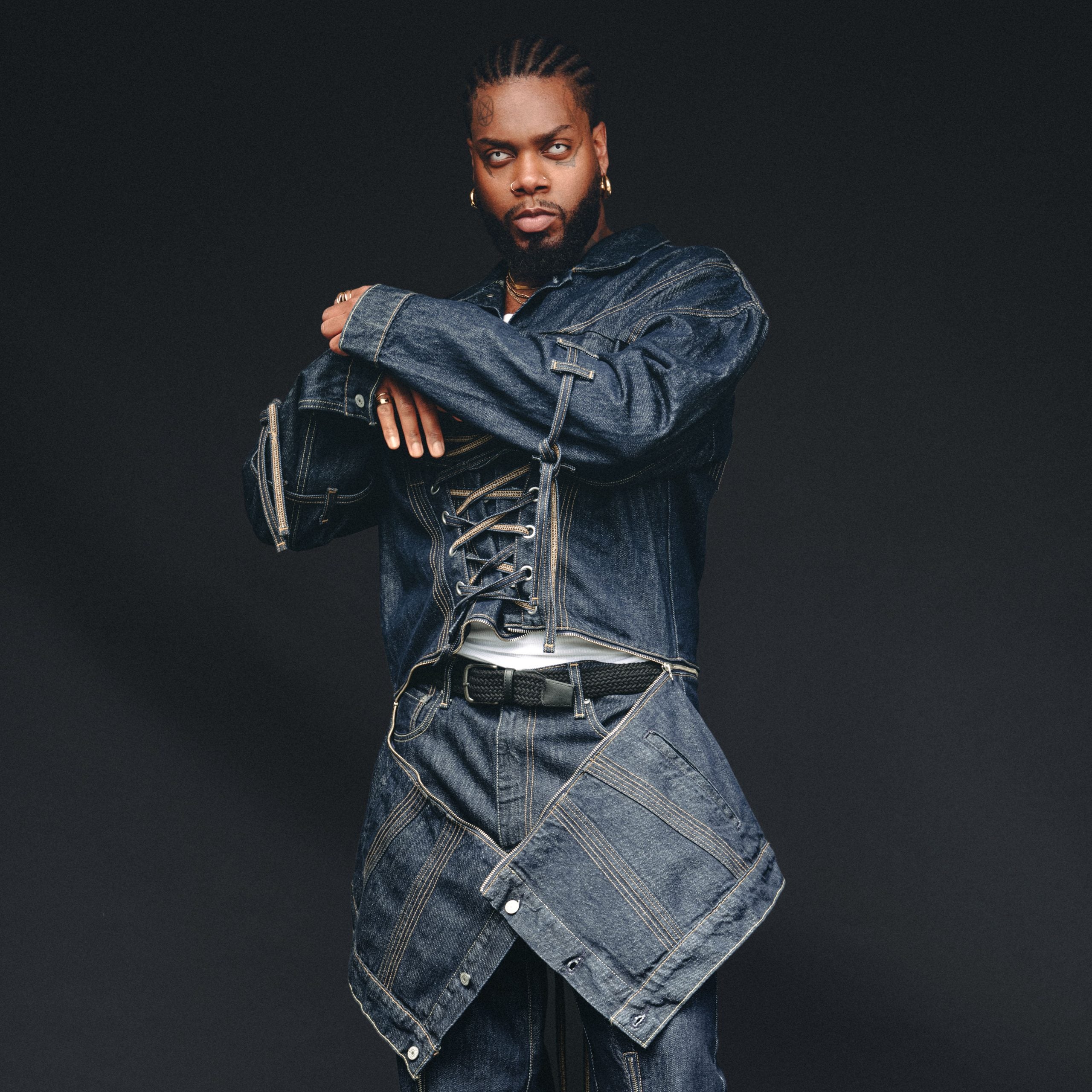
ESSENCE.com: Can you walk me through what it was like growing up in Baltimore?
I was born and raised in Baltimore. So I was there the first 18 years of my life before I went to college. When I was growing up, there was so much creative energy just bursting at the seams from youth programs to school programs, to church programs. There was a lot of creativity. I think everyone needed an outlet, the teachers and the students, the people that were running the programs and the kids. So I feel really blessed and fortunate to have been in a city that was so rich with ideas and so colorful. There was so much variation in the music that I was hearing from gospel music to R&B, to jazz, to club music all the time. If you’re from Baltimore, Dru Hill was a very big part of that growing up in Baltimore. So I grew up idolizing Dru Hill and Sisqó.
What was your style like as a kid?
There [were] a few things at play. I was definitely a church kid, and I was always in somebody’s choir, whether it be church choir or if it was boy choir. So typically in those settings, we had, depending on the concert or performance, we had a very, very specific wardrobe, either it might’ve been robes or tuxedos or khakis and new bucks, so it was very buttoned up. On the flip side, when I was at school or going to whatever thing on the weekend, I was pretty creative.
So as you got older, when did you realize that you were just very interested in taking music seriously?
When I was 14 my freshman year I decided quietly to myself that I want to be a professional musician and I [wanted] to take private lessons from the best. So I started asking around my freshman year where I could take lessons, and I started taking lessons seriously my sophomore year in high school, and that’s when I started learning all the classical repertoire and all that, but freshman year it started. I was in a choir. I was in two choirs, in school choir and also in a boy choir. I was doing both at the same time in high school, and the world literally shifted for me when I was 14.
What were you wearing back then?
In middle school, we had to wear uniforms for some of the years, not the whole time, but in high school, no, there was no uniform, thankfully. I was wearing a lot of fitted graphic T-shirts, not just graphic T-shirts but with blazers and jeans. That was my thing. In the house, there were just so many blazers, and I think because, again, we didn’t have a whole lot of money to get all the new things. I still to this day have never owned a first down, which as a kid and a teenager, I wanted. Well, I don’t know if the first downs were a thing in high school, but I know definitely in middle school and elementary school first downs are a thing.
I couldn’t really afford a lot of the stuff, but I was determined. I’m like, “I have to look fly going to school. All the kids in school look great. I need to get it together.” So I was like, “What do I have in the house that I can make work?” I said, “Okay. There’s blazers here. Alright. Cool.” So I just started there.
Are there any key brands you loved back then?
Definitely, I remember really loving H&M as a high school kid, and it wasn’t really that big in Baltimore yet. I remember at that time when I first started, and not to sound self-congratulatory, but at the time when I was exploring graphic T-shirts and blazers and the different fitted graphic tees from H&M, it was taboo for a Black boy from Baltimore to not be wearing a 6X white tee because that was the thing. You need to wear an oversized white tee, and I did not do that. There were definitely people who had some things to say in high school.
I think just throughout the years from freshman year, specifically sophomore year to senior year, I think maybe what I was doing is what some people would call the preppy thing. Maybe that’s the one they would use. So the Hollister and all that started getting bigger, probably closer to junior and senior year, like Abercrombie, Hollister, all that. That was definitely a thing that I was excited about, the polo shirts and jeans and that whole thing. I would say in college I was definitely colorful and preppy, but when I got to college, I got to explore even more, and that’s when I really started cutting loose sartorially.
In college, what were your sartorial choices?
I [attended] an art school in Philadelphia that I loved and had a really wonderful time there. I think when I got to college, I was aware of fashion and brands, but I think I was really interested in storytelling, and maybe this sounds cheesy, but I felt like there were so many things I wanted to say and there were so many things I was curious about. I went to college bright-eyed and curious about the world and really wanting to have the quintessential art school experience.
So it was probably the first place I felt that I could really go off, where in high school, I definitely tried stuff, but I was still aware that I was in a different climate. So when I got to college, it was just super, super free. I did a lot of thrifting, a lot of vintage shopping, and I played a lot. We had students in college that were from out of the country as well. It was definitely a beautiful melting pot, with a lot of friends from all over the country, and then also fellow classmates that did not live in America or weren’t from America rather. So it was a really beautiful time, but I felt very inspired for all my years there to try to explore new things.
Did your relationship with music and performing shift at all while you were in college?
I really wanted to be a classical musician. I was also studying jazz and also studying musical theater, so I was a musical theater minor. It’s almost an extension of what I learned in Baltimore, which was I was exposed to so much music in Baltimore that college just added to that. So I was learning the classical repertoire, which was great, and then also taking dance class and taking acting class, and then also studying the jazz standards and transcribing solos and doing that whole thing. I think I had a pretty well-rounded musical experience.
Then outside of the classroom, me and my friends would always listen to the latest R&B or a jazz album or pop album that came out. So I think it was a really colorful time when it was time to start doing [your] own music. When I would do gigs in college that weren’t classical, I really wanted to have a look, and I would just really figure [things] out.
Can you recall your earliest performance outfit from back in college?
I remember my first performance, I had this Black PVC full patent leather trench coat, and these clear chemistry goggles and white turtleneck and black jeans and black pen leather shoes. I just was really trying to give a look and being really excited about thrift shopping and putting stuff together. So there was a lot of exploring. I’m just really thankful to all of my friends and professors because I will also sometimes come to school in the looks too. They wouldn’t blink an eye, they would just be like, “Yeah, that’s him. That’s what he’s going to do.”
For your next era post-college what do you remember most?
[In New York around] 2018 I remember just feeling there was so much creative energy, and it felt like the air molecules were almost pulsing. There was just so much exciting new music coming out. I remember there was space for people to do things their way. I remember just being in awe of what FKA Twigs was doing and what SZA was doing, what Solange was doing, and what so many artists that were just doing what they wanted to do. It was brilliant and so well-executed.
I just remember feeling really supported and feeling like I can do what I want. So I don’t think I was thinking about rules so much in 2018. So I think maybe that had to come out in the fashion and the way that I was dressing myself, but I just think creatively, I felt like there was so much space for musicians and artists to explore and to try new things and to reimagine what pop or R&B could look like or if you don’t want the genre classification, you can try stuff and you can do what you want. That’s the spirit that I was feeling during that time leading up to 2018.
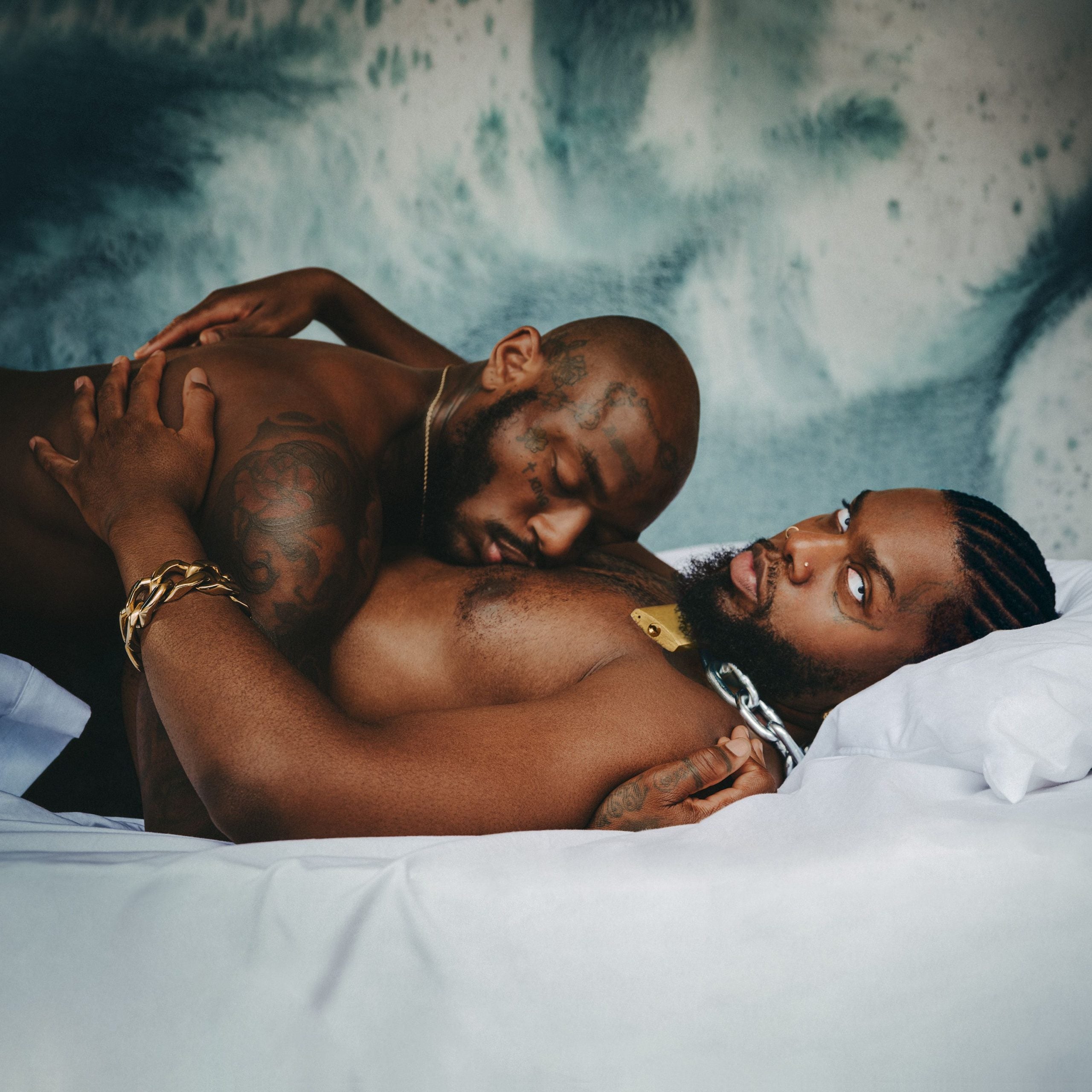
Fast forward to the present with GRIP, which is stunning. I’m just curious if you feel that this is just a culmination of where you’re at right now in your life?
I would say that there’s a lot of reflecting going on with this album, where I’m reflecting on things that I’ve witnessed, things that I’ve imagined or some things I might’ve experienced myself. So I think it’s more reflective than anything. I think I’m already thinking about the next story. I have the next album in mind now, but I would say it’s closer to where I am now obviously than earlier albums. I feel like it’s closer to where my ear is now, but I’m already thinking of new things I can do to push even further.
How did the excellent images that accompanied GRIP come about?
Denzel Galott did the photos for this album. Me, Denzel, and Michaiah Carter had been talking for a while about what we wanted the creative direction to be. We obviously were inspired by so much of the music videos and album imagery that we grew up on, which is mainly the ‘00s, and the late ’90s. We talked a lot about wanting to make bold images that also felt gentle with a really warm lighting or if we did do cooler lighting, if we did work with the greens or blues, that there was still some warmth to it, it still felt soft and was flattering to Black skin.
We were trying to also make intimate spaces. We were [also] trying to augment the intimate spaces, the private intimate spaces, which you see on the album cover, and then we’re trying to soften the public spaces, which we see in the music video. You don’t have this in front of you, but the inserts to the album, inside the vinyl, the images are almost like stills, the moments in the club. We wanted those to feel soft as well. So I think our goal was to find a balance between public space and intimate space and putting that to the edge of our universe and putting that in our world.
I think we consumed so much brilliant Black imagery and pop culture already that we knew what our cultural reservoir was, and now we’re thinking how can we build on this and be really thoughtful about how we photograph Black queer men and how we have them engage with each other. There’s scenes of us in the bathroom together. What does that look like with it feeling sensual but not feeling salacious?
What do you hope fans walk away with after they hear GRIP and sit with the songwriting and structure of the album?
You asked if this album is a reflection of where I am now. I would say, sonically, I’m always sort of thinking about the next thing, but I think as far as in my spirit and in my heart, it is reflective of where I am at the moment because I find myself in a perpetual state of gratitude. I’m very, very, very thankful that I’ve been shaped by the touch of some really wonderful guys. I’m super grateful that I’ve been shaped by my time in the club and my time partying, and the wonderful people that I met. Sometimes we only talked that one night at that club and we never saw each other again, and then sometimes they continue into longer friendships, but I was thinking a lot about touch and the way that being in close proximity to someone can really transform you for the better, and it’s transformed me for the better.
What I want people to walk away with is to be able to reflect on a time when physical touch has transformed them for the better or I want them to think about a time when physical touch has transformed someone they care about for the better. If they haven’t experienced either, I would like them to be able to imagine a time when physical touch can be a wonder and can be a blessing.

